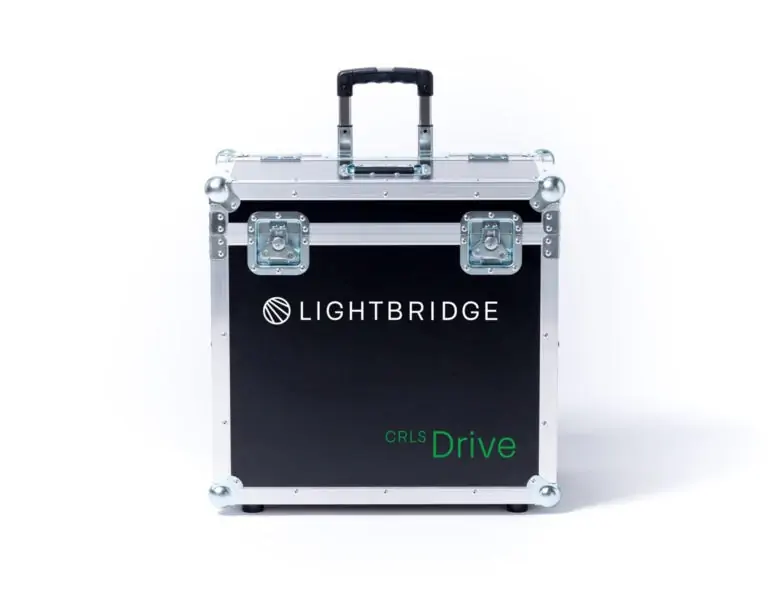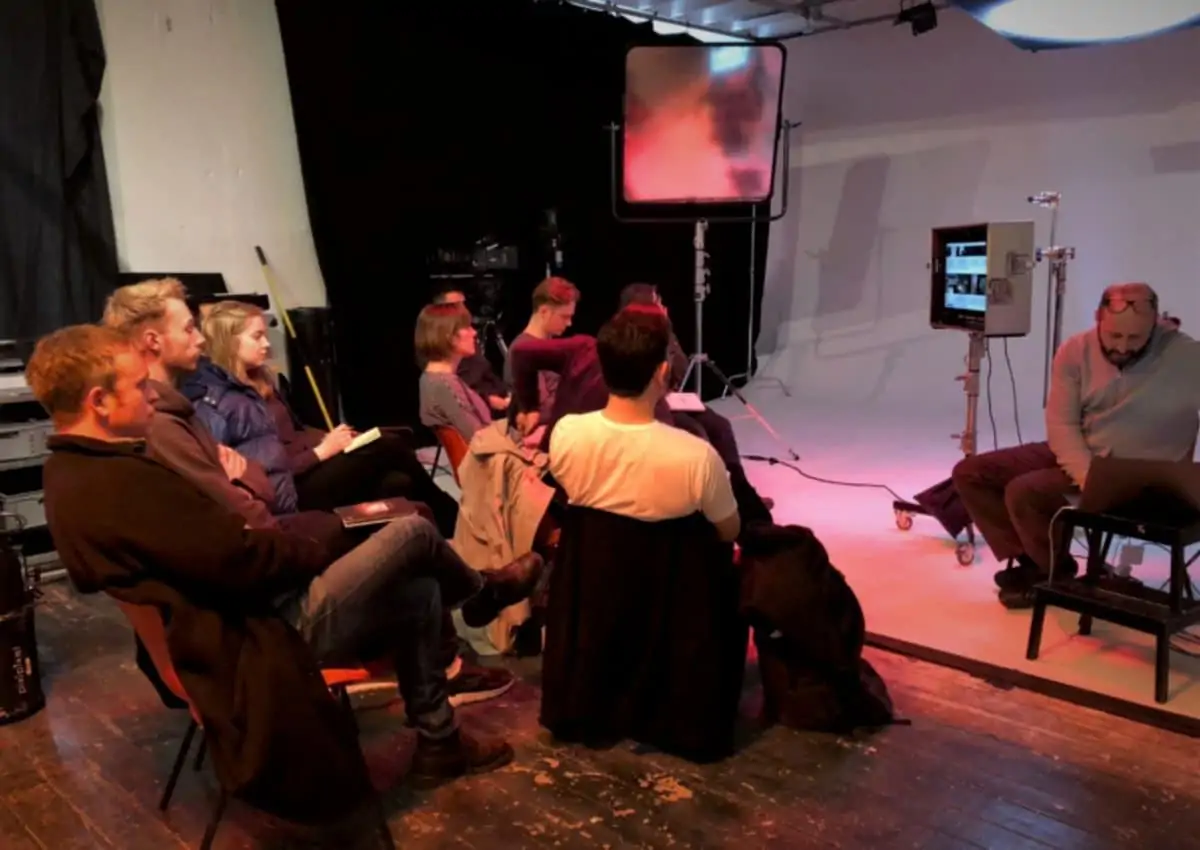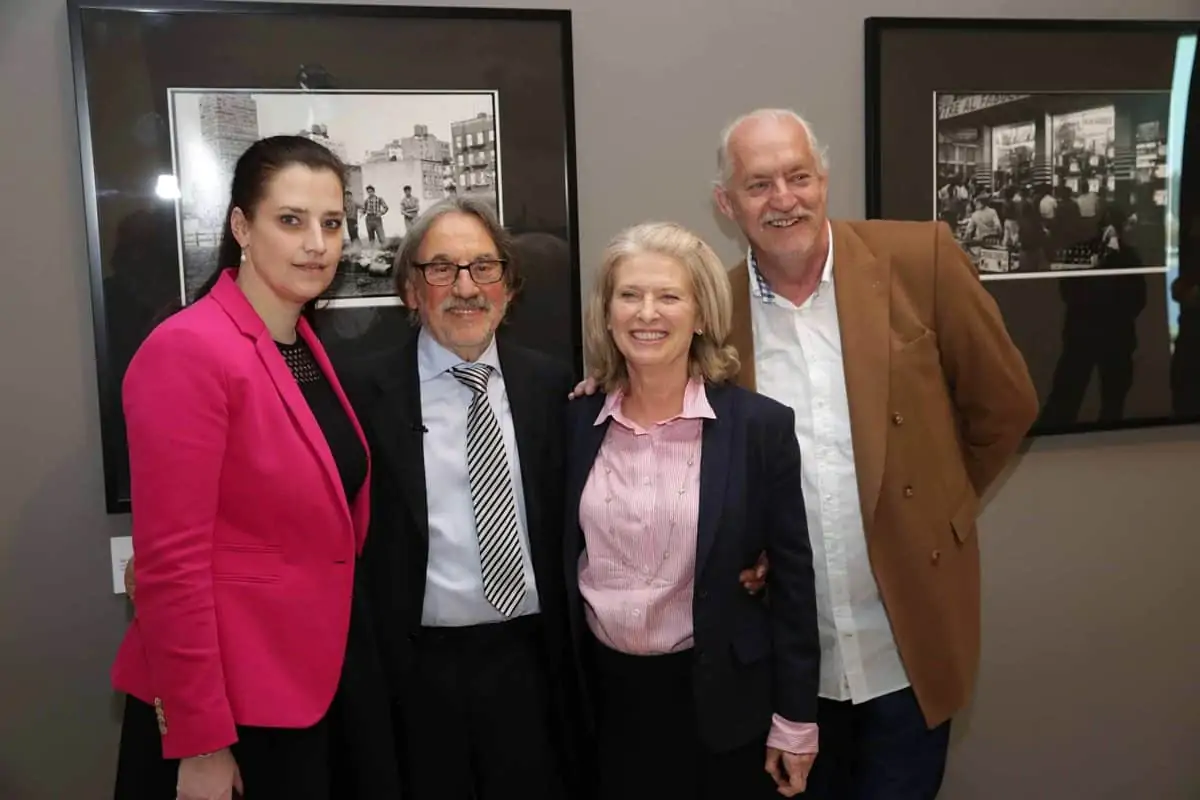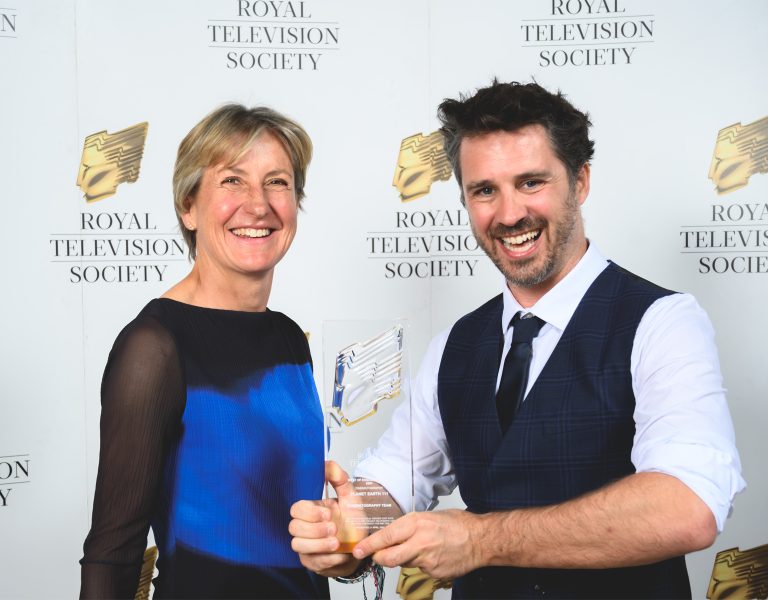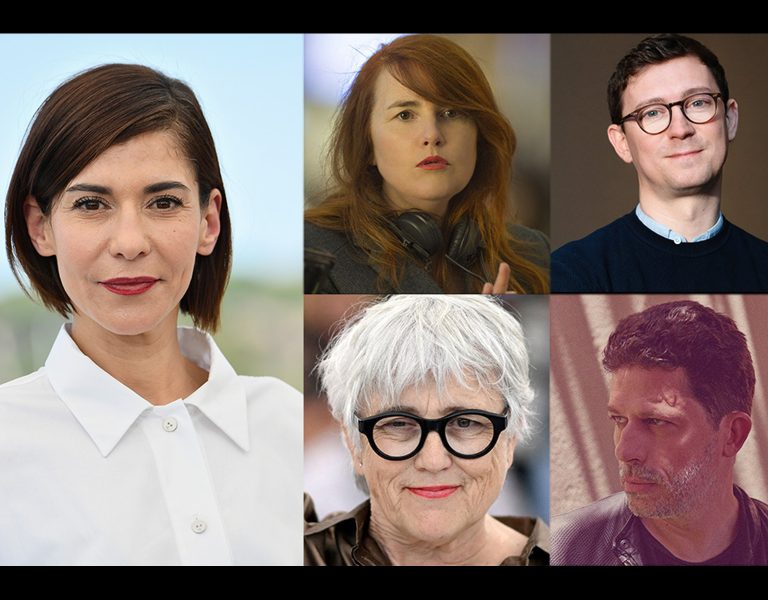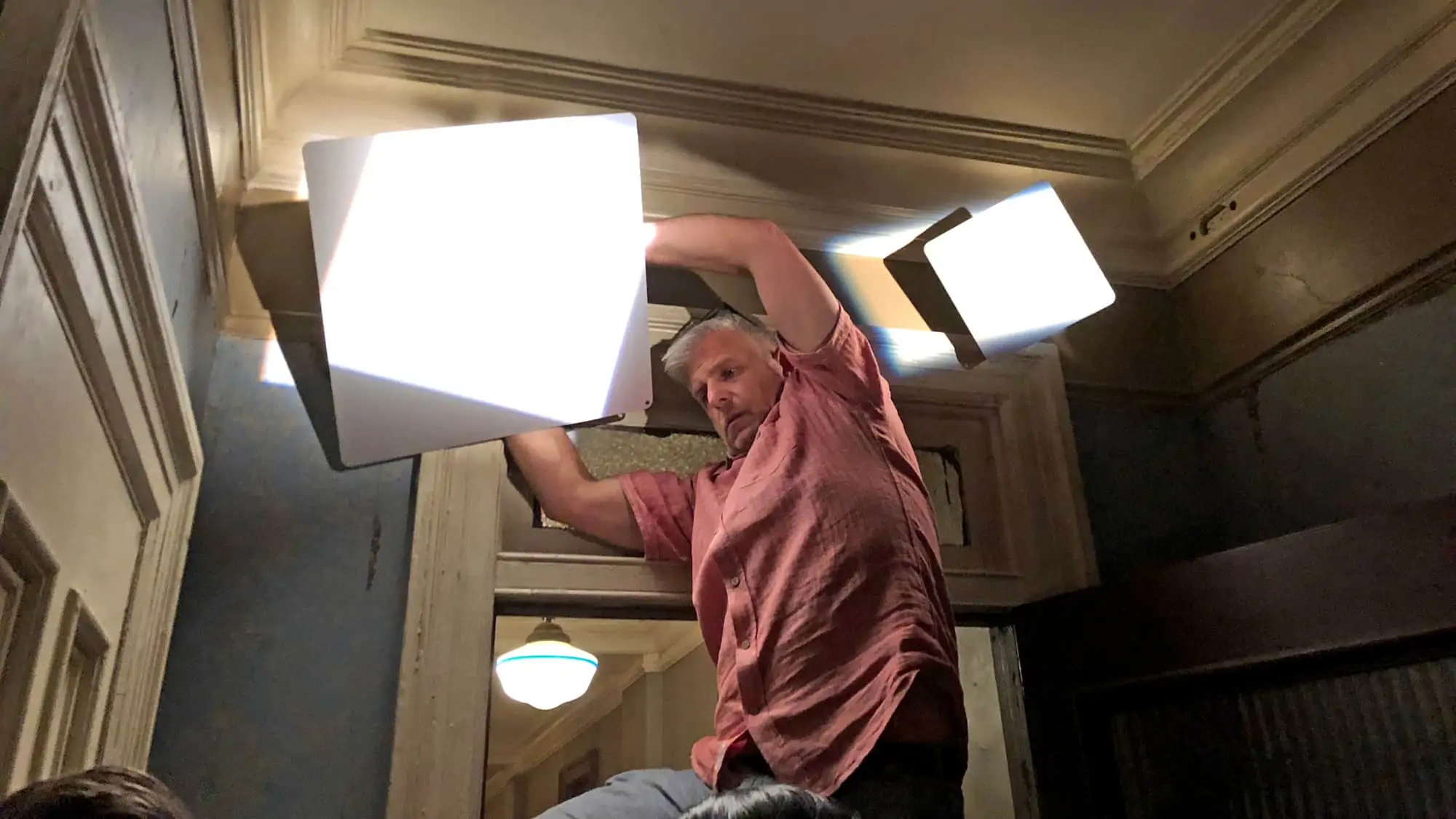
Cinematographer and camera operator, Manuel Billeter, was raised on Italian cinema. Filmmakers like Federico Fellini and Bernardo Bertolucci strongly influenced his creativity – especially as to how to present both fantasy and reality. When he moved to New York to pursue his career, he found a home in television, working with established looks for long-running shows such as Law & Order, Person Of Interest, and Orange Is The New Black. He got to stretch his creativity with superhero shows including Luke Cage and his current Netflix series, Jessica Jones, which he calls “a kind of dark noir”),
“I’ve always been more interested in the art of filmmaking than in the technique,” he admits. “But the process of creating images with different tools and challenging myself with new approaches as they become available, are a big part of what I do as a cinematographer. New systems can open new paths of creativity.”
One such tool that allows him to bring the look to Jessica Jones is the Lightbridge CRLS (Cine Reflect Lighting System) designed by cinematographer Christian Berger and manufactured by long-time gaffer, Jakob Ballinger.
“Reflective lighting has always interested me,” Billeter says. “Several years ago my agent mentioned that another client of hers had developed a new system. Since I’m a big admirer of director Michael Haneke’s films (shot by Christian Berger), I was naturally interested. I did my research – and played around with CRLS for a day. My gaffer, Tom Landi and I were immediately pleased with the quality of light and the ease of handling.”
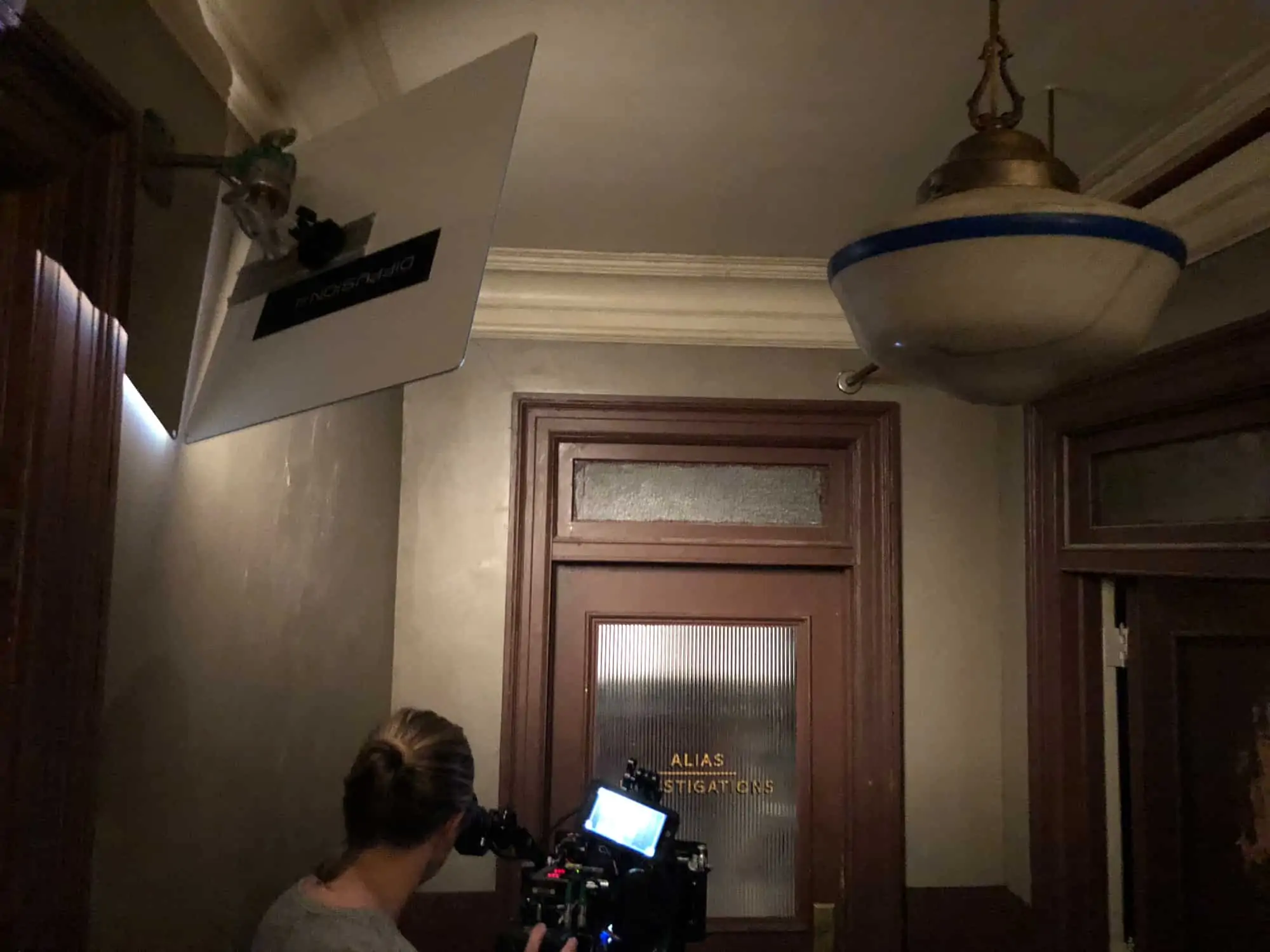
The Lightbridge CRLS system is now a big part of the Billeter/Landi package. They have used them in many different ways and with a broad spectrum of light fixtures including ARRI T12 tungsten units, 5K Mole Richardson Beam projectors, Source 4 Lekos, and also practical sources.
“Essentially you can use any light source – but the narrower the beam hitting the reflector, the more control you have over bounce-back and spill.”
Sometimes the team sets up a source outside of the set, reflects it into a primary reflector, and then picks up the reflected light with a secondary reflector inside, “into the path of the actors or even into a muslin bounce tacked onto a wall,” he explains. “The resulting light is very even, and quite sensual. The reflectors are intuitive to use, since they are very directional. In essence, they behave like a lamp – the slightest pan and tilt changes the shape of the light. In addition to that, you can choose to bounce a horizontal or vertical light pattern into the scene – creating a quality of light that is soft, natural, pleasing – and the falloff is gradual. The amount of control you have over the light, without the need of any additional grip equipment to shape it, is astounding.”
For Billeter, the CRLS reflectors are totally unique. It’s the four different grades, ranging from hard to soft, as well as the power and controllability (not just light bouncing off in every direction) that allow him so much more creativity. “They behave like a soft source with a narrow-angle honeycomb attached to it – yet they take up much less space, are easier to rig, and you don’t have to deal with electric cables,” he says. “In that sense, they are very time-saving, as you don’t need to set up many flags to cut the light.”

